Grant Spotlight | November 22, 2016
Share This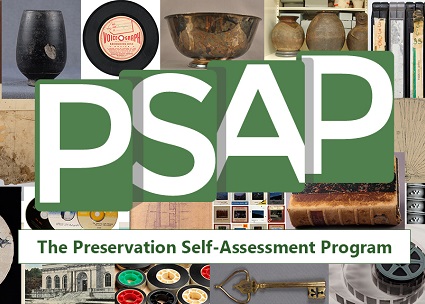 |
Recipient: University of Illinois, University Library Program: Extending Preservation Self-Assessment Option for Libraries, Archives and Museums Year Awarded: 2012 Grant log number: LG-07-12-0480-12 Website: PSAP User Manual: Twitter: |
Contact: Jennifer Hain Teper |
Pictured above: The Preservation Self-Assessment Program, developed by the University of Illinois, provides institutions across LAM practices an online tool to help collection managers prioritize efforts to improve care of their collections.
Whether large or small, any collection-focused institution has to grapple with what it means to be good stewards of the collections that have been left in their care. Good stewardship includes completing preservation assessments and surveys, enabling collection managers to become more familiar with the condition of their collections, and deriving useful and accurate data about the collections. While this practice is necessary, not all institutions have access or resources to address assessment needs in an appropriate manner.
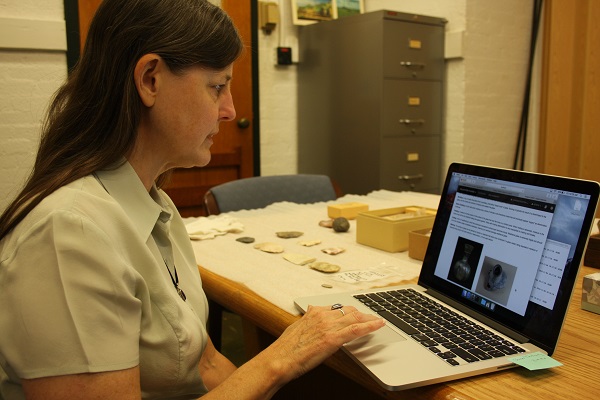
Identifying Preservation Needs of All Institutions
In 2012, the University of Illinois University Libraries identified an area of preservation that is often neglected – preservation assessment. “Generally speaking, preservation is an area in all the LAM (Library, Archives, and Museums) institutions that is often under-funded and under-staffed,” said Jennifer Hain Teper, Head of Preservation Services at the University of Illinois University Library. “Preservation is not necessarily thought of as a core position, as say, reference librarians. So there are a lot of institutions across the United States, especially smaller institutions that do not have robust preservation expertise, often making preservation initiatives challenging.”
Supportive Beginnings
Through the support of IMLS, the University of Illinois University Libraries partnered with cultural institutions across Illinois including the William R. and Clarice V. Spurlock Museum, the McLean County Museum of History, Heritage Preservation, Inc., the Chicago History Museum, the Illinois Heritage Association, and the Illinois State Library to develop a program that addresses the needs of all LAM institutions across the United States in their quest to provide the best possible conservation and preservation solutions for their collections.
“We had a lot of partnerships with institutions for tool testing, ideas, and contributing images. We found that this tool was something that a lot of institutions felt was a valuable resource, so it wasn’t a hard sell to get people involved. People jumped on board pretty fast and wanted to help us out, it was a ‘greater good’ project and everyone saw that,” said Teper.
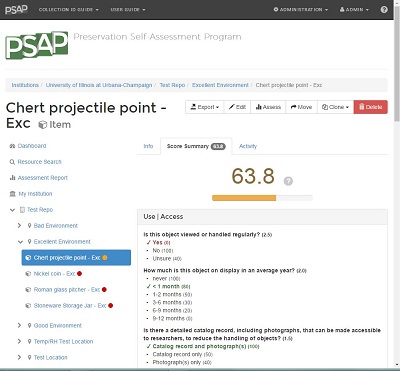
Free, Easy and Accessible
As a result of collaborations, the Preservation Self-Assessment Program (PSAP), a free online tool that helps collection managers prioritize improvement efforts of their collections, was conceptualized and developed. The tool, which is compatible with all web browsers, meets the user at any level of expertise, requiring no prior knowledge about preservation or conservation efforts, and guides the user to answer open-ended questions about the materials, environment, and policies. The application then creates a unique, prioritized report which can form the basis of a preservation plan or conservation efforts. Additionally, the tool educates collection managers on the health risks posed to their collections and identifies methods for navigating to avoid these risks with the resources the institution already has available.
The tool supports targeted preservation assessment of paper documents, books and unbound paper, photographic and image materials, and audiovisual media, and a soon-to-be-released module with cover common museum objects made of stone, glass, metal and ceramic. On a deeper level, it performs item-and collection-level assessment and provides users with textual and image-based education resources that can aid in the identification of different types of materials including those materials with already-established preservation challenges. The tool is also set up to address factors of both storage and display, benefiting both open exhibitions and closed archives.
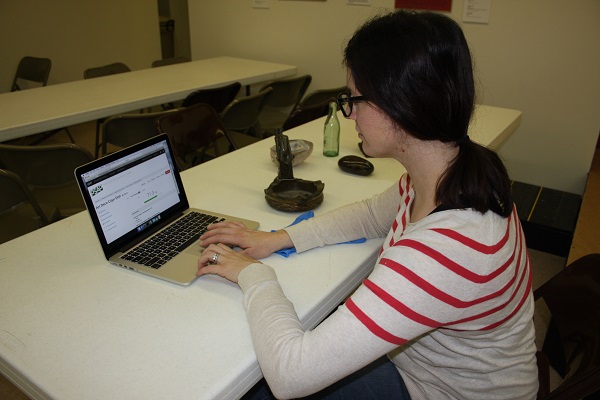
Realizing Universal Potential
The cool part of this tool? It transcends all LAM institutions. Aimed at all institutions that collect paper documents, photographic and image materials, and audiovisual media, including library special collections, archives, museums, and historical societies, the tool is one of the first of its kind to address the needs of different institutions that all have similar goals.
“When we first published the tool, we tried to wrap our heads around how to broaden its effectiveness,” said Teper. “And then our team presented at the Association of Midwest Museums, where we found ourselves predominately presenting on library and archive uses. But museum representatives came up and asked us how they could use this tool to address stewardship within museums.”
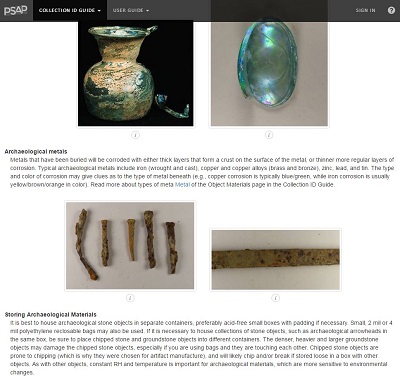
Speaking Different Languages
Because of the nature of the tool as a web interface, word choice was immensely important in making sure that the user was able to get the most out of the tool. One of the biggest challenges the team faced was addressing a unique language barrier between the different LAM institutions. “It has proven to be a sizeable challenge to come up with verbiage that means the same thing to everybody,” said Teper. “We always thought that all institutions were playing in the same sandbox when it came to describing things, but we weren’t.”
Along with that, the team struggled with the different categorizations of materials and breaking down those categorizations in such a way that will make sense to the end user. “Our museum partners have been a huge help in this,” said Somer Pelczar, visiting IMLS project manager. “We used our museum partnerships to try and get opinions on the language and how to approach certain types of materials from a preservation point of view, and we learned a lot and overcame these barriers to make a successful project.”
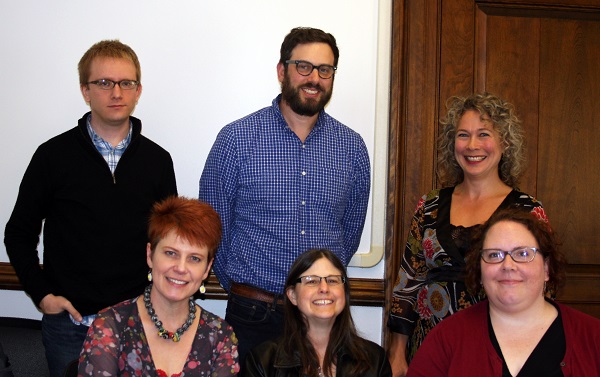
Broadening PSAP’s effectiveness on LAM communities
The initial project launched in November 2015, and in a year’s time, the team has signed-on 317 different international users, and expects that number to grow with the November 2016 launch of the no-cost extension, which includes assessment guides on the preservation of non-organic museum objects. In subsequent launches, the tool will progress closer and closer to becoming a universal assessment tool. Future modules will dive deeper into museum objects and then ideally into fine arts and natural history. But for now, as the project wraps up, the team continues gathering information documenting the tool’s success. “Our goal was to bring and instill information into a really easy-to-use resource, and people are telling us that we hit the mark,” said Teper.
